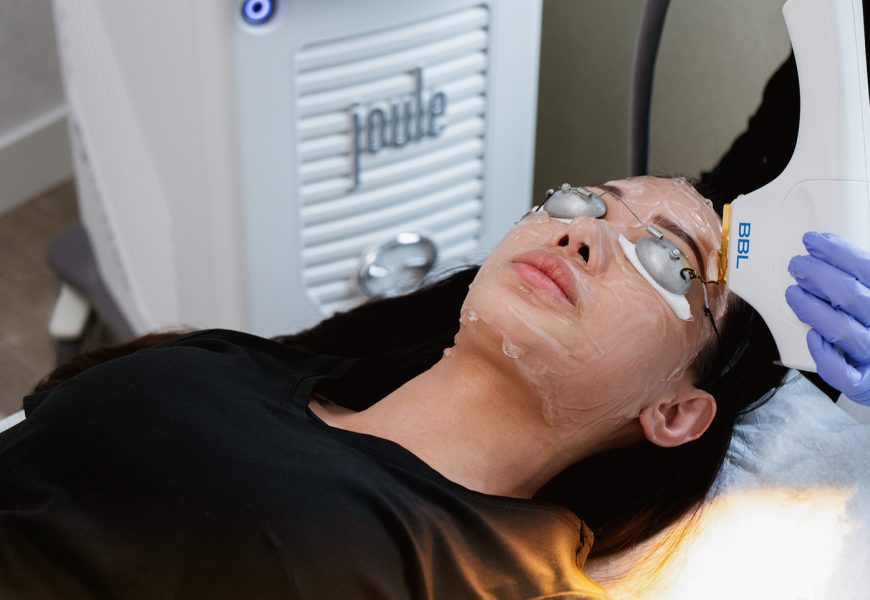In the quest for solutions to hair loss, innovative treatments are continuously emerging. Among them, exosome hair therapy stands out as a promising approach that combines cutting-edge science with the potential for significant results. This article explores how exosome therapy works, its benefits, and the scientific backing that supports its efficacy.
Understanding Hair Loss
Before diving into exosome therapy, it’s essential to understand the causes of hair loss. According to the American Academy of Dermatology, approximately 80 million Americans experience some form of hair loss, whether due to genetics, hormonal changes, stress, or medical conditions. Among men, androgenetic alopecia, commonly known as male-pattern baldness, affects nearly 50% by the age of 50. Women are not spared either, with 40% experiencing noticeable hair loss by age 40.
The impact of hair loss goes beyond aesthetics; it can significantly affect self-esteem and mental well-being. This has led to the exploration of various treatment modalities, including medications, hair transplants, and, more recently, exosome therapy.
What Are Exosomes?
Exosomes are small extracellular vesicles secreted by cells that play a crucial role in cell-to-cell communication. They contain a variety of molecular constituents, including proteins, lipids, and nucleic acids, which can influence the behavior of neighboring cells. Recent studies have shown that exosomes can aid in tissue regeneration and repair, making them an attractive option for treating hair loss.
How Does Exosome Therapy Work for Hair Loss?
The Mechanism of Action
Exosome hair therapy primarily focuses on the regenerative properties of exosomes derived from stem cells. Here’s how it works:
- Harvesting Exosomes: The process begins with the isolation of exosomes from mesenchymal stem cells (MSCs), which are typically obtained from umbilical cord tissue or adipose (fat) tissue. These MSC-derived exosomes are rich in growth factors and cytokines.
- Injection into the Scalp: The isolated exosomes are then injected into the scalp, specifically targeting areas with thinning hair or bald spots. This minimally invasive procedure takes approximately 30 to 60 minutes and usually requires little to no downtime.
- Stimulating Hair Follicles: Once injected, the exosomes release their contents, including growth factors that promote hair follicle activation and regeneration. They help stimulate the proliferation of dermal papilla cells, which are vital for hair growth. Additionally, exosomes can enhance blood circulation and reduce inflammation, further supporting a healthy environment for hair growth.
Benefits of Exosome Therapy for Hair Loss
Exosome hair therapy offers several advantages over traditional treatments:
- Natural Regeneration: Unlike hair transplants, which involve the surgical removal of hair follicles, exosome therapy promotes the body’s natural regenerative processes. This means a reduced risk of complications and a more holistic approach to hair restoration.
- Non-invasive and Quick Recovery: The treatment is relatively non-invasive and requires minimal downtime. Most patients can return to their regular activities shortly after the procedure.
- Minimal Side Effects: Because exosomes are derived from the patient’s own cells, the risk of allergic reactions or severe side effects is significantly lower compared to other treatments.
- Effective Results: Preliminary studies indicate that exosome therapy can improve hair density and thickness. In a study published in the journal Stem Cell Research & Therapy, patients treated with exosome therapy showed an increase in hair count by 30% after just three months.
Supporting Research and Statistical Data
A growing body of research supports the efficacy of exosome therapy for hair loss. A study conducted by the University of California, Los Angeles (UCLA), found that patients receiving exosome injections demonstrated significant improvements in hair growth compared to those who received a placebo. The results showed a 30% increase in hair density within six months of treatment.
Furthermore, according to a report by the International Society of Hair Restoration Surgery, the global hair restoration market is projected to reach $23 billion by 2026, highlighting the increasing demand for effective hair loss solutions, including advanced therapies like exosome treatment.
What to Expect During Treatment
If you’re considering exosomes hair treatment, here’s what you can expect:
- Consultation: Start with a consultation with a qualified healthcare provider specializing in hair restoration. They will assess your hair loss condition and determine if you’re a suitable candidate for the treatment.
- Treatment Session: During the session, the provider will inject the prepared exosomes into the targeted areas of your scalp. Some patients may experience mild discomfort, but this is generally well-tolerated.
- Post-Treatment Care: After the procedure, it’s essential to follow any post-treatment instructions provided by your healthcare provider. You may be advised to avoid strenuous activities for a few days and refrain from washing your hair for a specified period.
Is Exosome Therapy Right for You?
Exosome therapy may not be suitable for everyone. It’s crucial to consult with a specialist to evaluate your specific condition and discuss potential risks and benefits. While the therapy has shown promise, individual results can vary, and factors such as the underlying cause of hair loss and overall health play a significant role in treatment outcomes.
Conclusion
Exosome hair therapy is revolutionizing the approach to treating hair loss by harnessing the power of stem cell-derived exosomes. As research continues to validate its efficacy. This innovative therapy may become a go-to solution for those seeking effective and minimally invasive hair restoration options. If you’re struggling with hair loss. Exploring exosome therapy could be your first step toward reclaiming your confidence and a fuller head of hair.




















